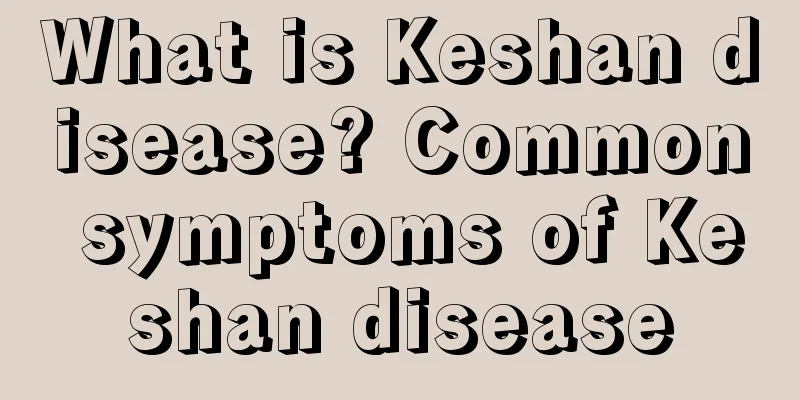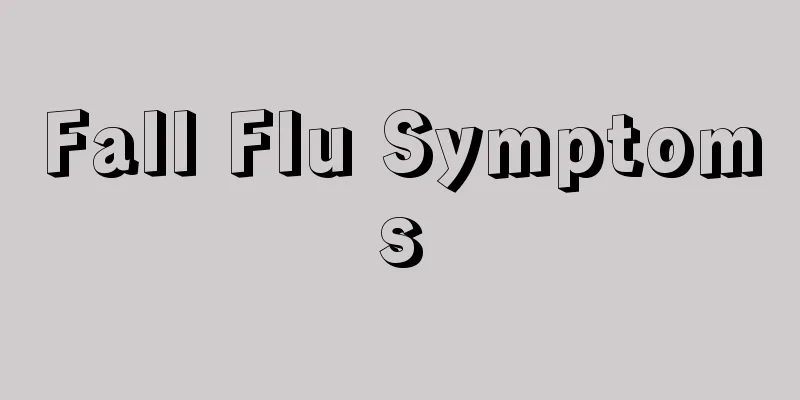Differential diagnosis of advanced esophageal cancer

|
Differential diagnosis of advanced esophageal cancer: (1) Medulla bulbar and pseudo-medulla bulbar lesions and myasthenia gravis. Patients with medullary and pseudo-medulla bulbar lesions and myasthenia gravis often have abnormal or difficult swallowing. When swallowing, swallowing dysfunction occurs, a large amount of barium is retained in the pyriform sinuses on both sides, and the barium often flows back into the airway. X-ray examination should exclude organic lesions of esophageal cancer, and combined with clinical history, it is easy to make a differential diagnosis. (2) Hypertrophic changes in the spine. Hypertrophic changes in the spine. When the lower cervical spine or the upper and middle thoracic vertebrae undergo hypertrophic changes, osteophytes of varying degrees often appear on the front line of the vertebrae, which may compress the esophagus, causing dysphagia or forming a pseudo-filling defect, similar to the manifestation of esophageal cancer. When the esophagus and contrast imaging show localized filling defect notches on the posterior wall of the esophagus, attention should be paid to whether there are osteophytes in the spine. And whether it is related to the esophageal notch. (3) Elderly aortic elongation and tortuosity. Elderly people often suffer from esophageal compression due to the elongation and tortuosity of the aorta, which causes a pseudo-filling defect and localized pressure marks, and at the same time, dysphagia. Clinically, it is common to see the elongation and tortuosity of the descending aorta, which compresses the esophagus externally, often in the right anterior oblique position. Localized pressure marks in the lower esophagus are common, forming a pseudo-filling defect, similar to the manifestation of esophageal cancer. During X-ray examination, attention should be paid to the softness and relaxation of the esophagus, which are generally good and the esophageal edge is smooth. Forward displacement. Abdominal compression can be used for differential diagnosis. (4) Enlarged mediastinal lymph nodes. Enlarged mediastinal lymph nodes may locally compress or invade the esophagus. Swollen lymph nodes can be divided into three types: inflammatory and tumorous. Tumorous lymph nodes are mostly secondary to esophageal cancer, cardiac cancer, chest malignant tumors and distant tumor metastasis. Inflammatory lymph nodes are commonly tuberculous enlarged lymph nodes, which often cause localized external pressure on the esophagus, with smooth edges, intact esophageal mucosa, good lumen dilation, and good barium passage. Abdominal compression esophageal contrast can be used to distinguish between space-occupying lesions within the esophagus and compressive changes outside the esophagus. When enlarged tuberculous lymph nodes invade the esophageal wall, irregular filling defects may form on the wall. Sometimes the diagnosis is difficult, and attention should be paid to the patient's age, medical history, the common sites of tuberculosis in the lymph nodes near the tracheal bifurcation, and the follow-up of anti-tuberculosis efficacy. (5) Benign esophageal tumors. Esophageal cancers that protrude into the esophageal cavity are often difficult to distinguish from benign tumors. In addition, some medullary esophageal cancers that mainly grow on the esophageal wall are often mistaken for benign tumors. During the examination, attention should be paid to the folds, relaxation, softness, filling defects, and edges of the esophageal mucosa. Benign tumors generally have intact mucosal folds without destructive or interrupted changes. Sometimes mucosal extrusion occurs, the esophageal edge is smooth, and the relaxation and softness are good. (6) Pulmonary tuberculosis causes esophageal changes. The esophageal edge is relatively smooth, the mucosa is intact, and the esophagus has a certain degree of dilation. The differential diagnosis should be closely combined with the changes in the organs around the esophagus, the medical history, and the esophageal cytology examination. Tuberculous cirrhosis or non-tuberculous lung damage often cause esophageal stenosis and displacement, which is more common in chronic fibrous cavitary tuberculosis. Lung atrophy, followed by mediastinal fibrosis, causes esophageal stenosis and displacement, which should be carefully differentiated from esophageal cancer. (7) Esophagitis. Esophagitis is common in traumatic or inflammatory infections. X-ray manifestations: The lesion is extensive, the mucosa may be destroyed and small niches may appear, the mucosa and muscle layer may be irritated due to inflammatory stimulation, and the third peristaltic wave often appears. In severe cases, it may cause pseudo-filling defects and lumen stenosis, similar to changes in esophageal cancer. In differential diagnosis, it is necessary to closely combine clinical history, cytology and endoscopic examinations. |
<<: Auxiliary examination for lung cancer
>>: Differential diagnosis of early esophageal cancer
Recommend
How to treat nuchal ligament calcification? Three aspects to tell you
Calcification of the nuchal ligament is a type of...
If missing teeth are not filled, it is easy to become demented
People with less than 20 natural teeth and no den...
How to prevent presbyopia_How to prevent and treat presbyopia
We all know that middle-aged and elderly people a...
What is the correct way to measure blood pressure
The human body's blood pressure fluctuates co...
My leg is scratched, how can I get better quickly
Although abrasions are not considered serious inj...
Can black mango be eaten? How to store and select mangoes?
Mango is a fruit that is difficult to preserve. I...
When is the best time to do foot massage?
Foot massage is a way that many people choose to ...
Will I lose weight if I don't eat for a month?
Due to the current reasons such as diet and lack ...
How to eat to prevent cervical cancer? Common methods to prevent cervical cancer
Women can effectively prevent and reduce the inci...
Is light pollution harmful to the human body?
With the development of society, more and more in...
Can liver disease cause back pain?
Liver disease is the most common disease, and we ...
How long should I abstain from certain foods after full-face double eyelid surgery?
Double eyelids are a shape that people like very ...
Hidden danger signs of indigestion
If you are noticeably thinner even though you hav...
What obvious harms does small cell lung cancer bring
Patients who may have small cell lung cancer afte...
What to eat to lower blood sugar? This dietary therapy is effective!
Diabetes is a common chronic disease. In recent y...









